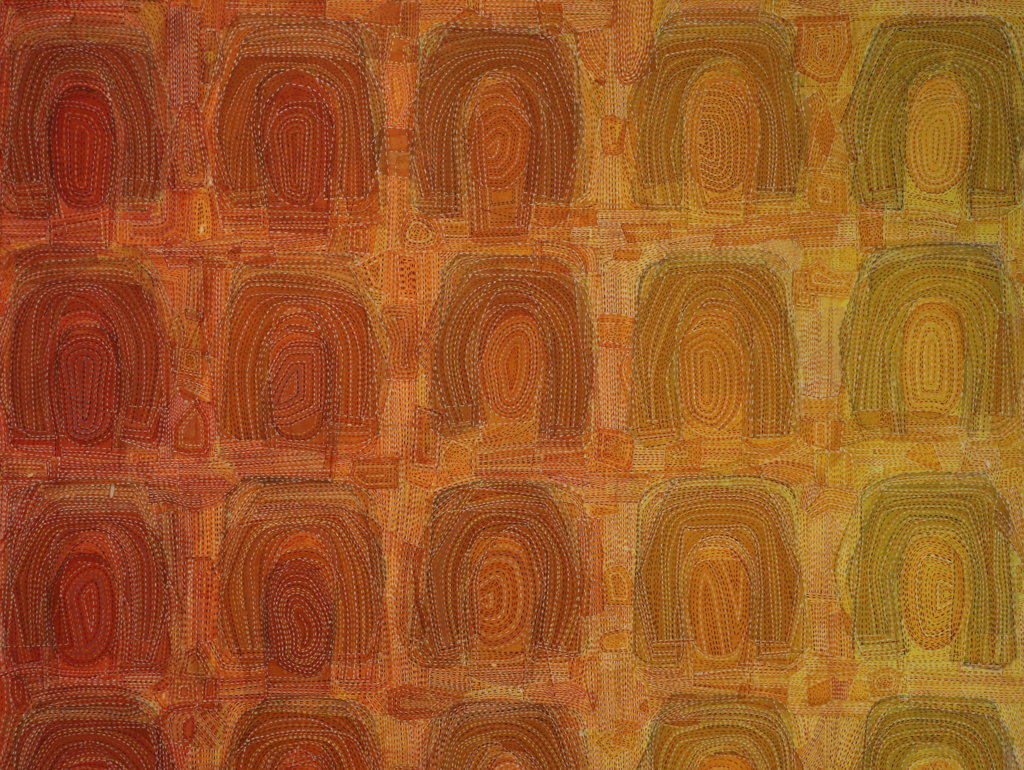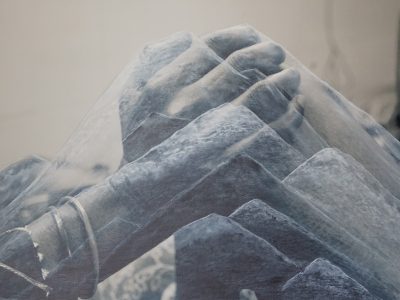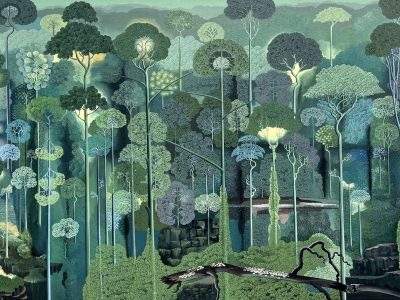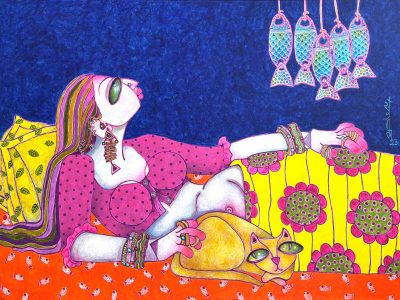As a painter, Bhopal’s geologist Manish Pushkale dwells into pensive memoirs of abstraction, which both resists language and invites dialogue
Born and raised in Bhopal, where he trained as a geologist, Manish Pushkale has charted his trajectory as an artist in Delhi
“In Bhopal, too, he found his painterly métier in the ethos of creativity nurtured at Bharat Bhavan by the artist and cultural activist J Swaminathan. What these words conceal are the interwoven histories that have nourished the artist’s sensibility, the multiple horizons of consciousness that inform his approach to abstraction,” says curator Ranjit Hoskote.
Pushake’s paintings are now on display at the exhibition titled ‘Tracing the Mapmaker’s Trail’.
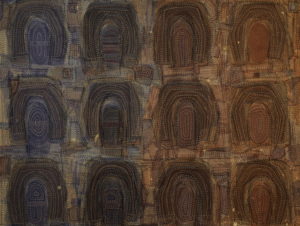
Bhopal itself stands, in Pushkale’s itinerary, for his transformative encounter with artists of rural or tribal heritage at Bharat Bhavan, their unpredictable experiments in contemporary visual expression.
“As to Delhi, that palimpsest of cities built above or athwart one other, its everyday experience too calls for a simultaneous negotiation with several centuries. An average drive might take us past a 21stcentury infrastructure project, a Sultanate-era edifice, and a Mauryan monument in swift sequence. These pasts are actively present to Pushkale as artistic lineages going back far beyond the narrow ambit of modernist self-assertion,” adds Hoskote.
In one of the series of paintings presented in the exhibition, he employs the running stitch associated with the kantha tradition of embroidery as his generative motif, playing it out over surfaces animated by a palette of reds, ochres, and umbers.
The painted stitch morphs into rivers, ravines, rising terraces in a survey map. The colours remind the viewers vividly of the textile and embroidery arts of the nomadic communities that traverse what had once been the Dakshinapatha, the great trade route connecting the northern cities of Varanasi and Vidisha with the capitals of the peninsula, Pratishthana, Madurai and Kanchipuram.
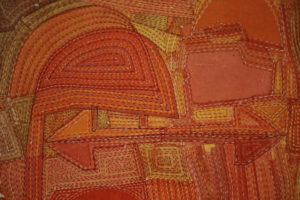
In another series, Pushkale articulates his fascination with geology, archaeology and epigraphy in compelling, enigmatic images. Are these fossils or potsherds? Or rock formations or the outlines of lost architectures, long hidden in the earth and revealed by infrared photography? That earth, on inspection, comprises broken characters from unknown or half-recognised scripts.
These fragments of a script– Roman, Brahmi, Devanagari, Urdu – form the substratum of a series of near-monochrome drawings that the artist has developed.
These drawings are the pensive memoirs of abstraction, which both resists language and invites it into dialogue. In this spirit of paradox, Manish Pushkale is a subtle custodian of mysteries and also a sophisticated mapmaker and bridge-builder.
The exhibition is on view at Triveni Kala Sangam till March 5

